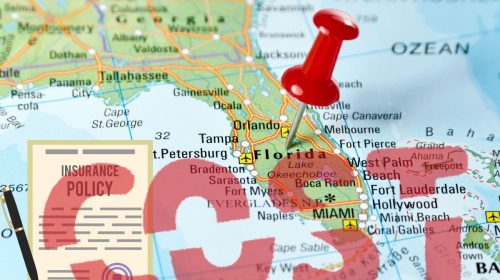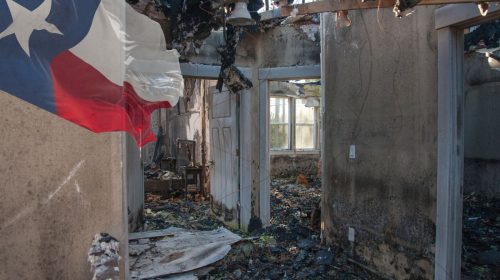Florida, a state synonymous with sun-kissed beaches and, unfortunately, hurricanes, is caught in a whirlwind of an insurance crisis. Insurance companies seem to be abandoning ship despite a 2023 mild hurricane season. The exodus begs the question: What’s really prompting these insurers to run for the hills? Weather Warnings vs. Reality The threat of hurricanes has long cast a shadow over the sunshine state, prompting persistent fears that insurers are dwindling due to natural disasters. And indeed, the increased risk of such events has influenced insurers’ decisions. But to attribute…
Read MoreCategory: Natural Disasters
Hurricane statistics, floods, fire storms, tsunami, earthquakes – we report the world’s natural disaster events. These life changing events not only rock the industry but leave residents and business owners in dire situations.
State Farm Releases Non-Renewal Numbers Amid California’s Deepening Home Insurance Crisis
State Farm “Restructures” California Portfolio The company made it official, in a move to ensure the financial health of its operations within California, State Farm General Insurance Company is set to scale back its insurance offerings in the state. With an estimated 72,000 policies facing non-renewal, customers across California are poised to feel the pinch as they seek alternative coverage solutions. Starting July 3, 2024, State Farm General will cease renewing approximately 30,000 homeowners, rental dwelling, residential community association, and business owners policies, citing the necessity to sustain adequate claims-paying…
Read MoreFlorida Leaders Champion Bill to Slash Homeowner Insurance Costs by 25%
Amid escalating homeowner insurance rates, a glimmer of hope emerges from South Florida as two political figures spearhead a legislative initiative aimed at significantly reducing these financial burdens on homeowners. The proposed congressional bill sets its sights on a 25% cut in property insurance costs nationwide, promising particularly dramatic relief for Floridian home and condo owners. The legislation, coined the Natural Disaster Reinsurance Plan, is championed by U.S. Rep. Jared Moskowitz, a Democrat from Coral Springs, and Steve Geller, a former Florida legislator and current Broward County commissioner. It boldly…
Read MoreTexas wildfire victims often didn’t have home insurance coverage
Many of the structures – including homes – that were taken by the fires lacked a policy. Many of the victims of the wildfires that blazed through parts of Texas were without home insurance coverage, leaving them without any financial support to help them to recover. As a result, man of those victims might never experience full financial recovery At a recent news conference, Texas Governor Greg Abbott said that many of the people who lost their homes to the wildfires “had no insurance.” As a result, he pointed out…
Read MoreSky-High Condo Association Insurance Rates Upend Lives, Rattle Industries
Sweeping Increases Overwhelm Condo Associations and Owners In a dramatic turn of events that’s sending shockwaves through homeowner communities, insurance rates for condo associations have surged drastically. Across the nation, residents and HOA’s are overwhelmed with increases ranging from 50% to over 500%, with states like Hawaii and Florida facing staggering hikes due to their vulnerability to hurricanes. Financial Shock Hits Retirees Hard The cost of property insurance, the most significant expense for Hawaiian Homeowners Associations, has seen a dramatic rise. For instance, a 400-unit project that previously had an…
Read More




